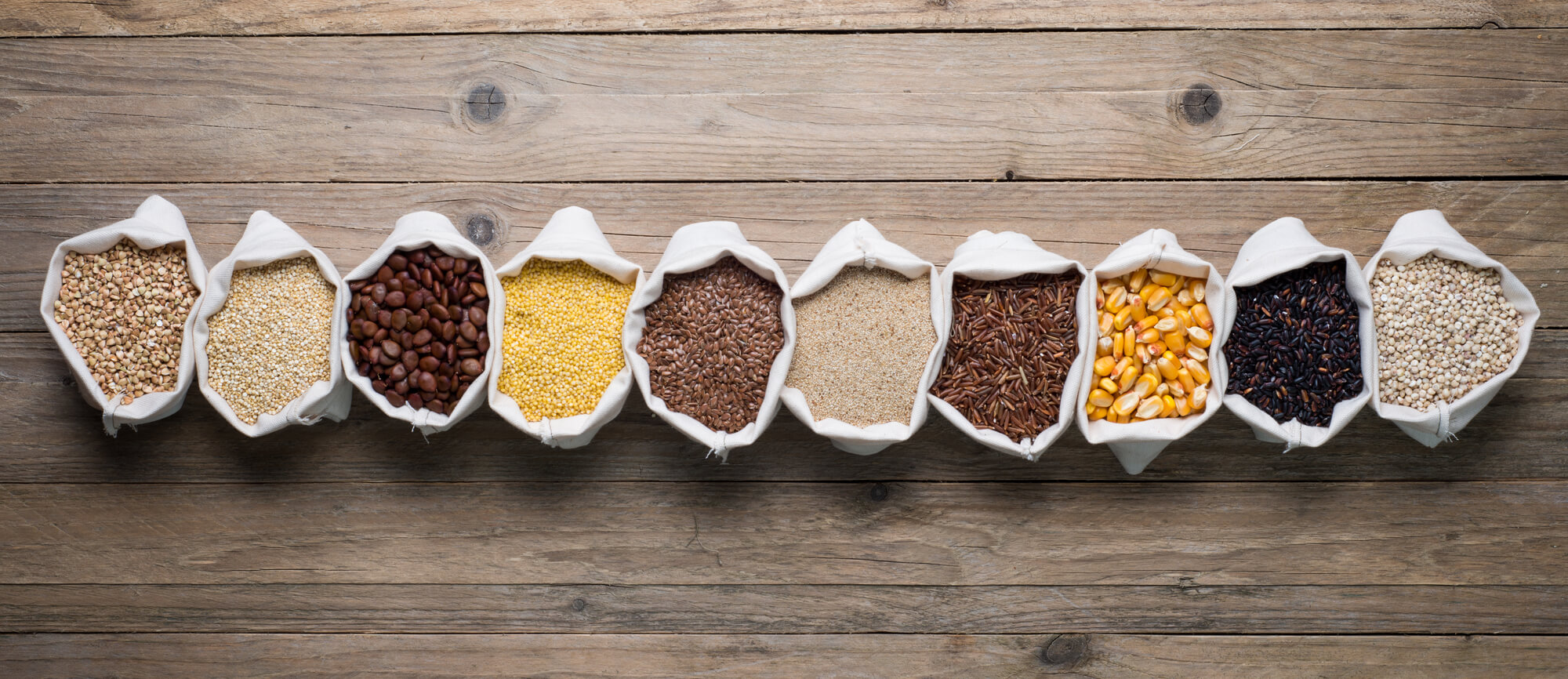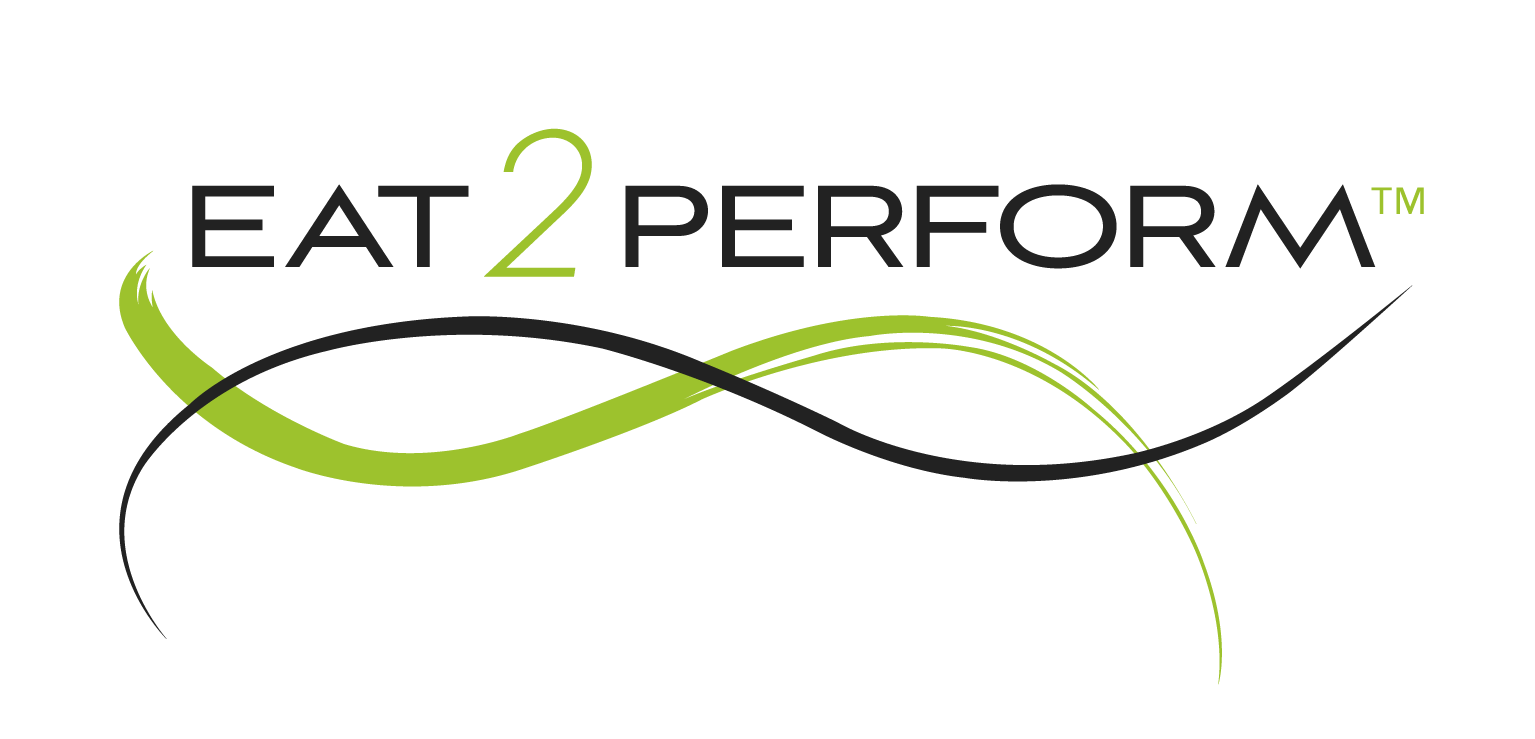
10 Feb Name That Grain
Incorporating grains into your daily routine is important as they have many health benefits. Besides being loaded with vitamins and fiber, they have been linked to healthier arteries, improvement of gut bacteria, and decreased inflammation. But let’s face it, sometimes it can be boring using the same grains typically found in our cupboards.
I challenge you to break away from your traditional grains and venture into the unknown by incorporating the following exotic grains. Not only will it be a treat for your taste buds, your body will thank you too.
Gluten Free
Amaranth: Although technically a seed, Amaranth is still considered a grain. Loaded with fiber, it has been proven to work as a cholesterol-lowering grain. Amaranth is a protein powerhouse and trumps the protein content of most other grains. Just one cup of amaranth contains close to 10 grams of protein. It contains lysine, an essential amino acid missing in most other grains.
Quinoa: Also technically a seed, quinoa is high in magnesium, iron and zinc and is an excellent source of protein. It contains polyphenol antioxidants which may help protect against certain diseases.
Teff: Teff is high in resistant starch, containing dietary fibers which can manage blood sugars, weight and colon health. It’s an excellent source of magnesium and loaded with calcium and iron.
Millet: Naturally a seed, millet is high in protein and has a delicious nutty flavor. It contains B vitamins and minerals and acts as an antioxidant.
Buckwheat: This gluten free grain is high in essential nutrients such as magnesium, copper, folate and thiamine. Buckwheat contains resistant fiber which is shown to lower blood sugars after meals, and contains tannins and antioxidants which may help ward off cancers.

Gluten Containing
Wheat berry: Although high in carbohydrates, wheat berry is also high in fiber, vitamins and minerals. It contains Vitamin E and Magnesium in addition to plant estrogens which may reduce risk of developing certain cancers. None of the nutrients in wheat berry are stripped away as the kernel is left intact.
Bulgur: Bulgur acts as a good source of fiber, protein, iron and vitamin B-6. You’ll get 8 to 12 percent of the recommended daily intake of thiamin, niacin, folate and vitamin B-6 in a 1-cup serving of bulgur.
Farro: An excellent form of protein, vitamin B and fiber, this chewy and milk tasting grain contains wheat and is not gluten free like most of these other grains. Farro can be sold whole, semi pearled or pearled, each one losing its fiber content respectively.
Now that you have a better idea of what these grains have to offer, go ahead and try some. Add some to your salad, soup, porridge or baked goods.
The possibilities are endless!
By Adina Cohen, Eat 2 Perform Intern


Sorry, the comment form is closed at this time.